9 Plant Caring Secrets Everyone Should Know
Caring for plants can be rewarding, but only when it goes well. Here are 9 plant care secrets to keep your plants happy, lustrous and full of life.

Do you know how to care for your plants? Some indoor plants can often be tricky or capricious. They seem to languish or turn yellow despite our best efforts to keep them healthy. But often, the solution to all our problems is right before our eyes, we just don't know where to look.
When it comes to caring for indoor plants, knowledge is everything. With a few tricks for watering plants, protecting them from the sun or placing them, you can keep these little companions looking lush and bright. Read on to discover plant care secrets that will turn you into an expert.
KEY TAKEAWAYS
To keep your plants healthy and bright, it's important to pay attention to the specific needs of each species. Always consider lighting, watering, and the space you dedicate to each individual plant. In addition, you should protect the plants from harmful elements such as dust and look for indicators of pests or diseases. Also, be mindful of children or pets who play with the plants and can accidentally knock over the pots or damage the leaves.
Different plants have specific needs
The key element of proper plant care is knowing the needs of each plant species. Different plants have different tolerances for light, water or temperature. It's important to understand what each plant requires so you give them the best possible care and, in this way, have more healthy and beautiful plants.
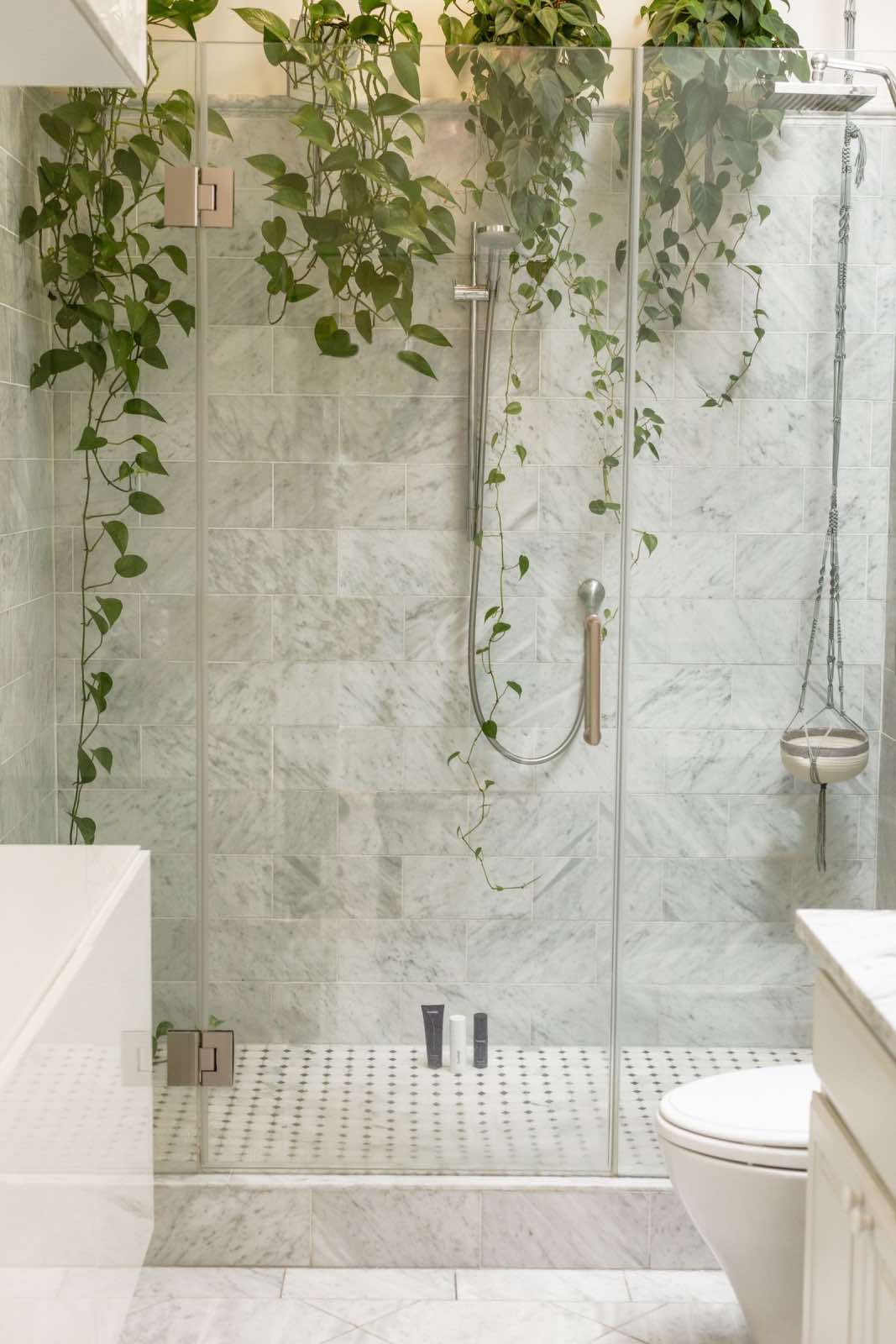
The pothos, for example, is one of the most recommended plants for beginners. It's easy to care for, you water it when the soil is dry, and it thrives without needing too much light. However, it is important to know that the pothos should be placed in high spaces as the leaves cascade down. It also prefers humid spaces.
Understand how much light your plant needs
The lighting needs of each plant will generally be determined by the type of plant involved. There are two general approaches that can be applied to the care of plants, regardless of the species.
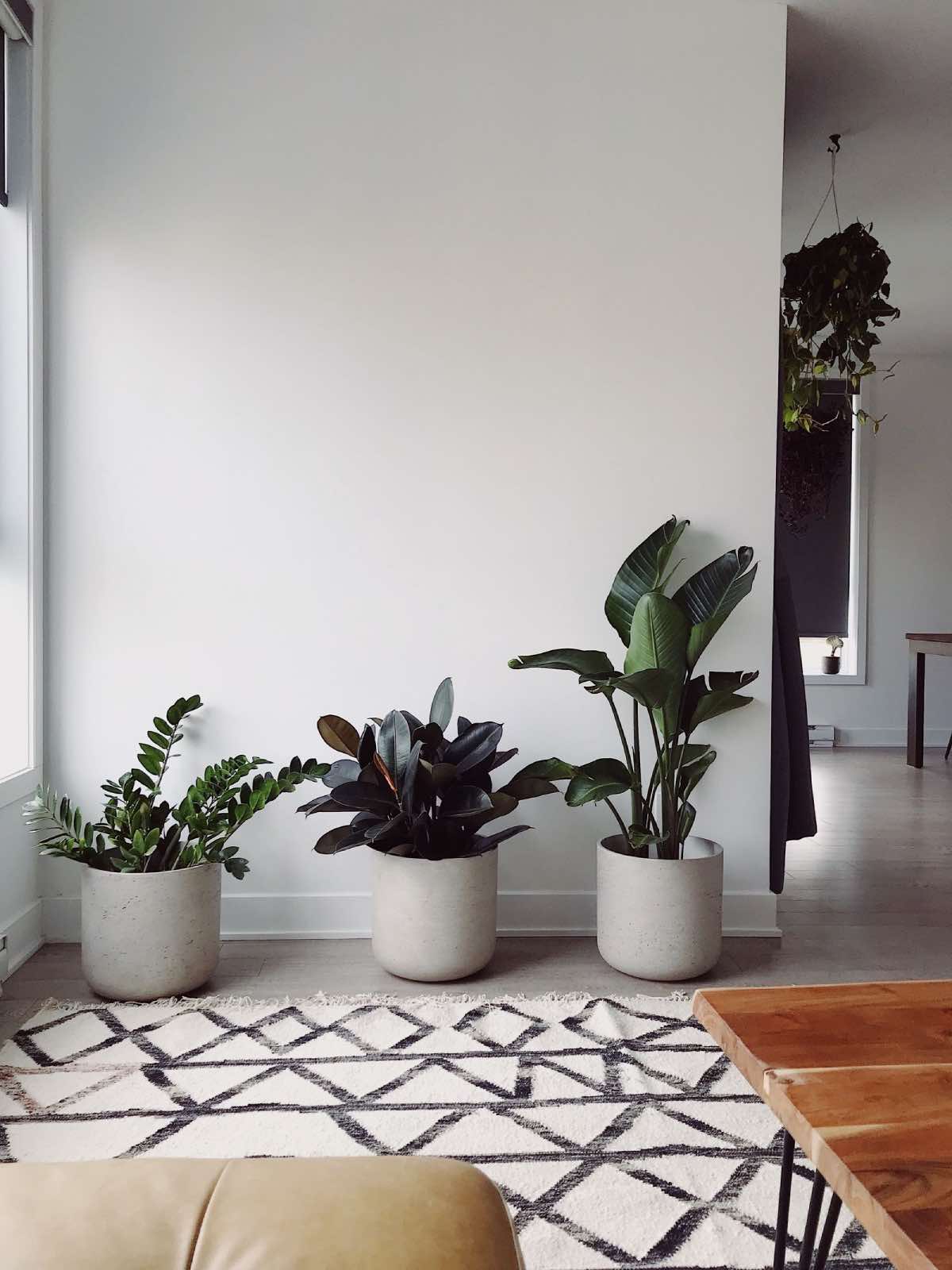
First, it's important to remember that no plant can live without natural light. Thus, no plants will thrive in windowless spaces like bathrooms or cupboards. Second, although many plants require abundant natural light, too much direct sunlight can damage or even burn their leaves.
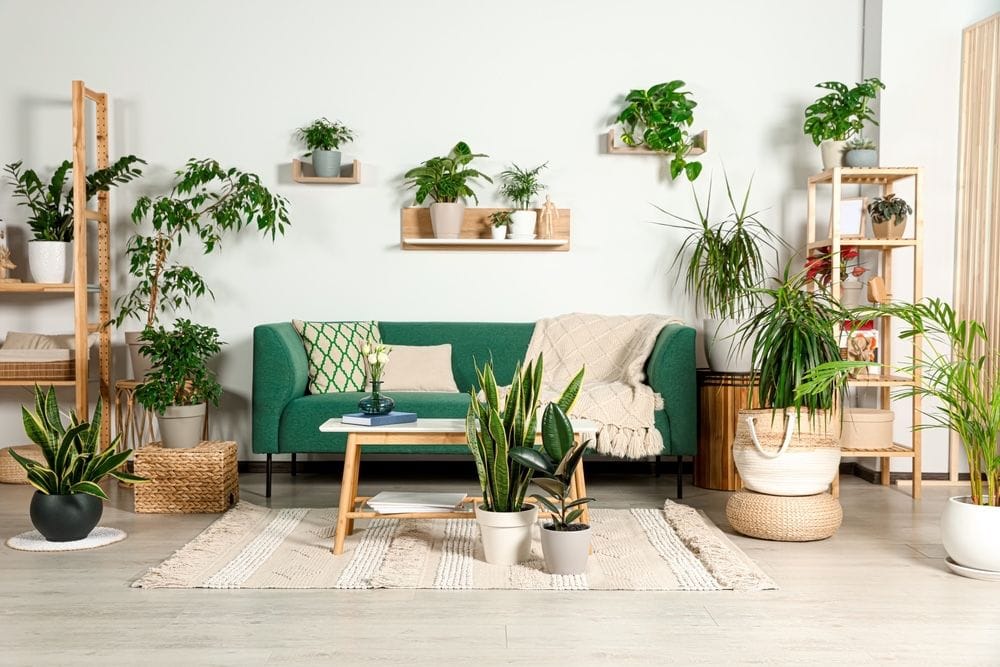
In general, always pay attention to your plants, and don't hesitate to move them if they don't respond well to one or another location and conditions.
How to water your plants
Again, the frequency and amount of water each plant needs can vary greatly. Also, it is essential to remember that environmental conditions will affect plants' water needs. When it's hot, you will need to water plants more often. However, overwatering a plant can be just as harmful.

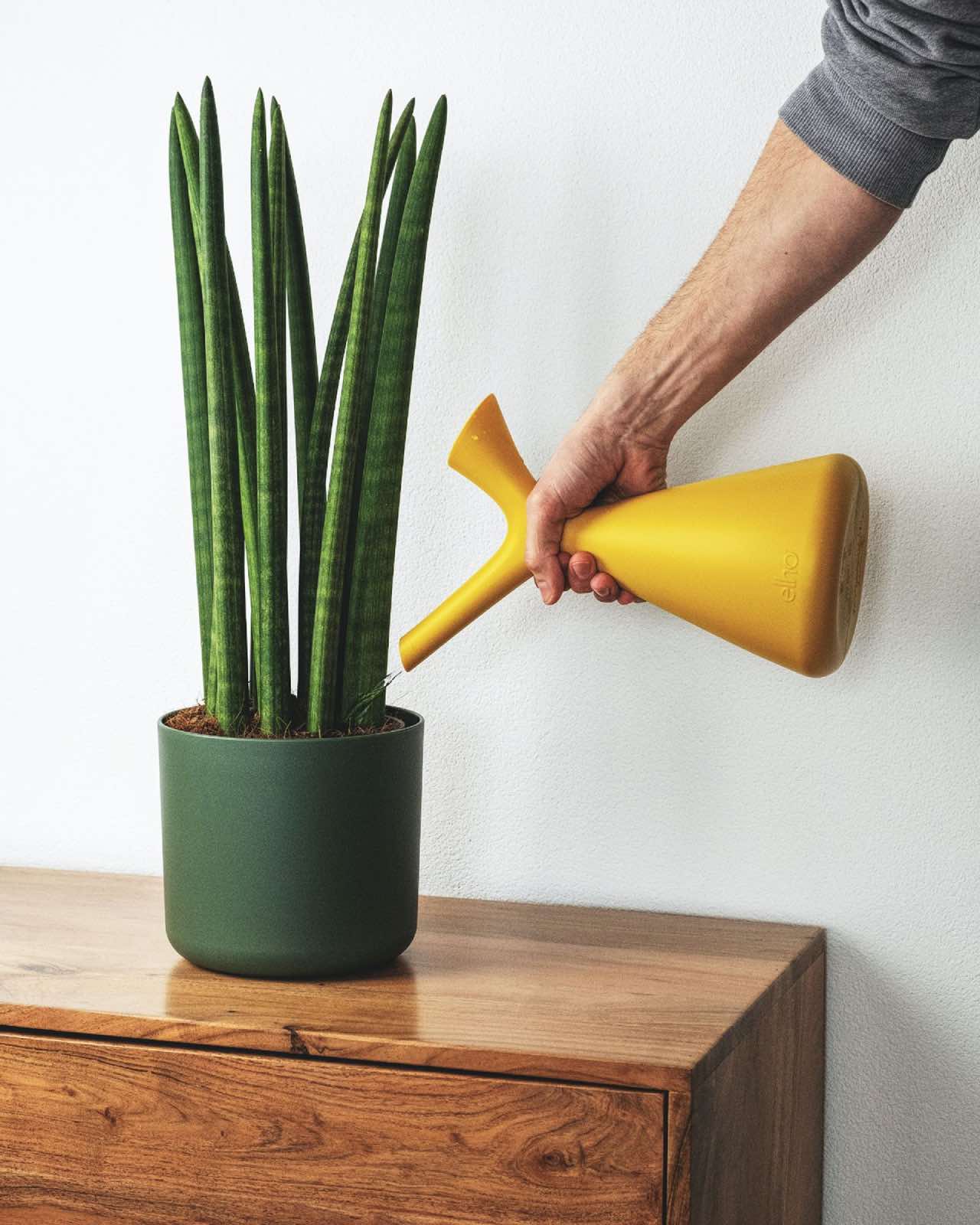
How to water plants | No revisions and Feey/Unsplash
Water your plants according to their specific requirements. Plants like orchids are intolerant of rot and excess water, while others are more permissive and require frequent watering. Checking the soil regularly will help you determine if watering is needed based on how much moisture is in it.
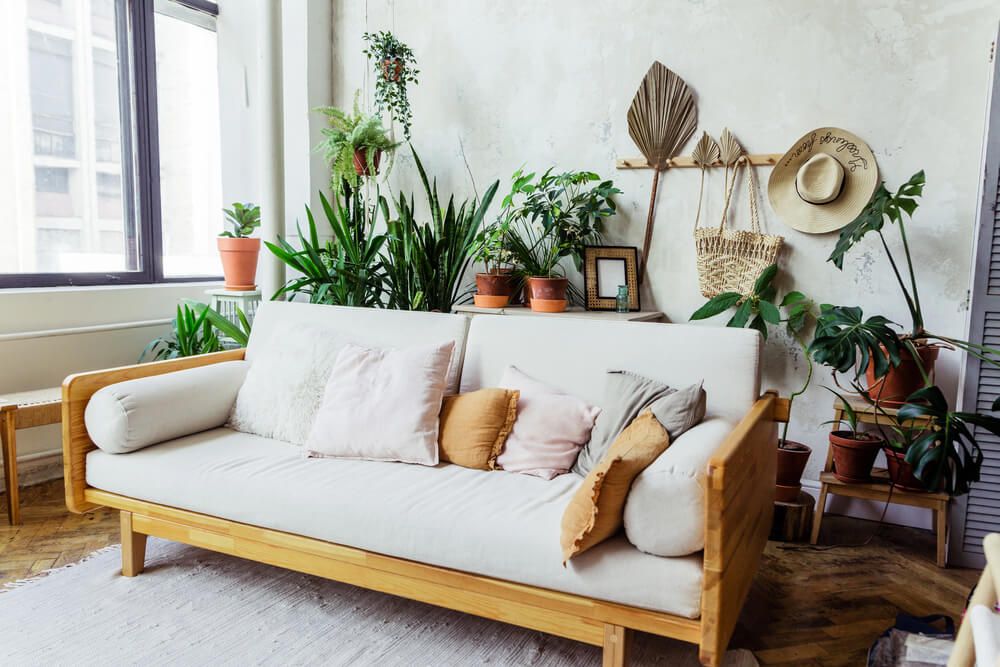
Another trick is to avoid wetting the plant's stem when watering it, which can lead to fungal problems in certain species. In any case, knowing your plant's watering needs will help you keep it healthy.
Ensure the pot is large enough
The amount of soil each plant needs can also vary. Some plants, for example, will hardly need to change pots. However, most species will require larger pots as they grow.
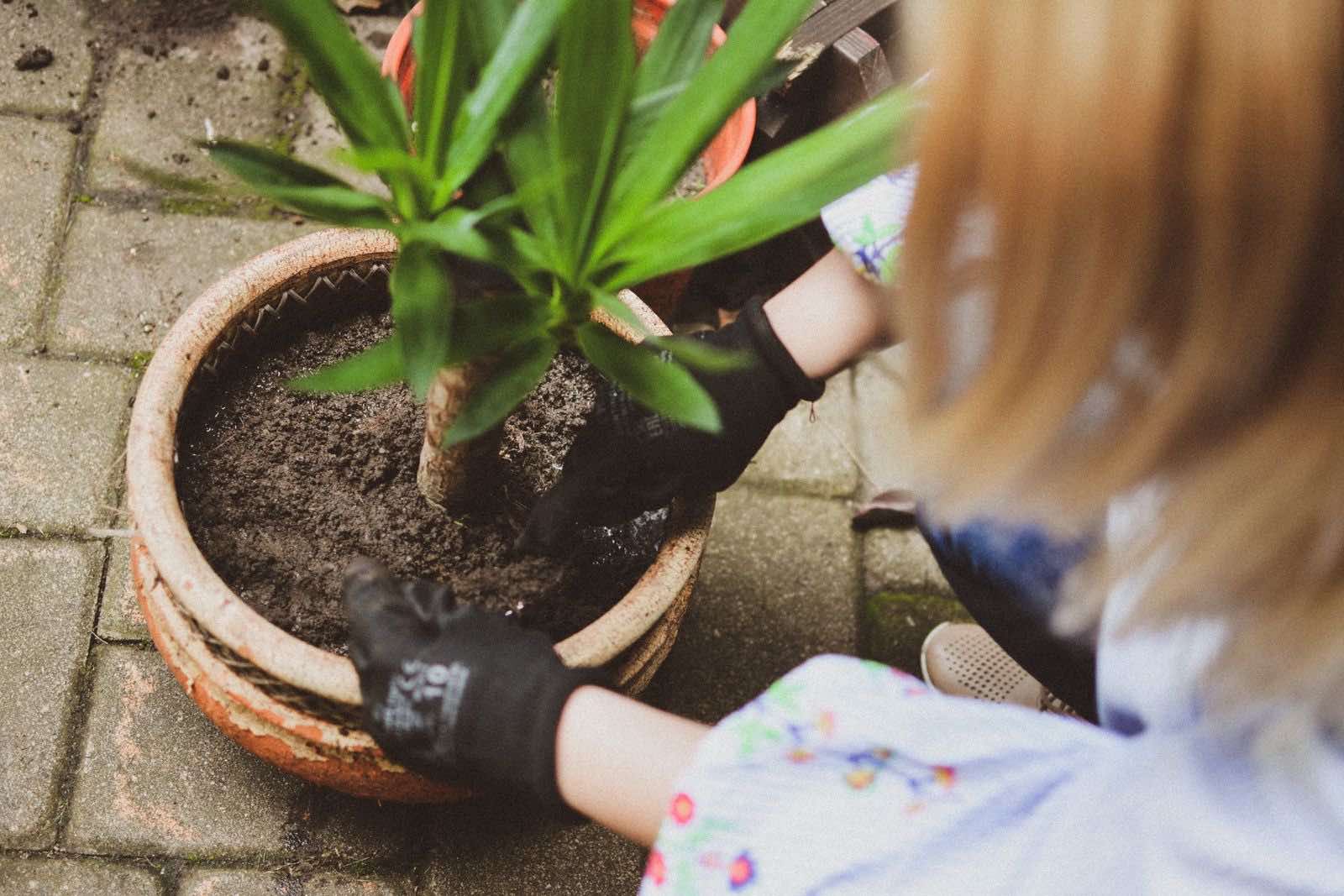
It's generally a good idea to move plants into a larger pot right after you buy it, giving it more room to grow. But over time, your plant will also need to grow larger as its roots expand, so you'll need to move it to a larger pot with more soil. Research the types of substrates that are best for your plant. If unsure, ask about its preferences when you buy it to ensure you're giving it the best care possible.
Be careful with humidity and temperature
In addition to light and water, temperature and ambient humidity can also affect your plants. Therefore, when choosing the location of a plant, it is essential to consider whether the environment will be humid enough or if it will be too cold.
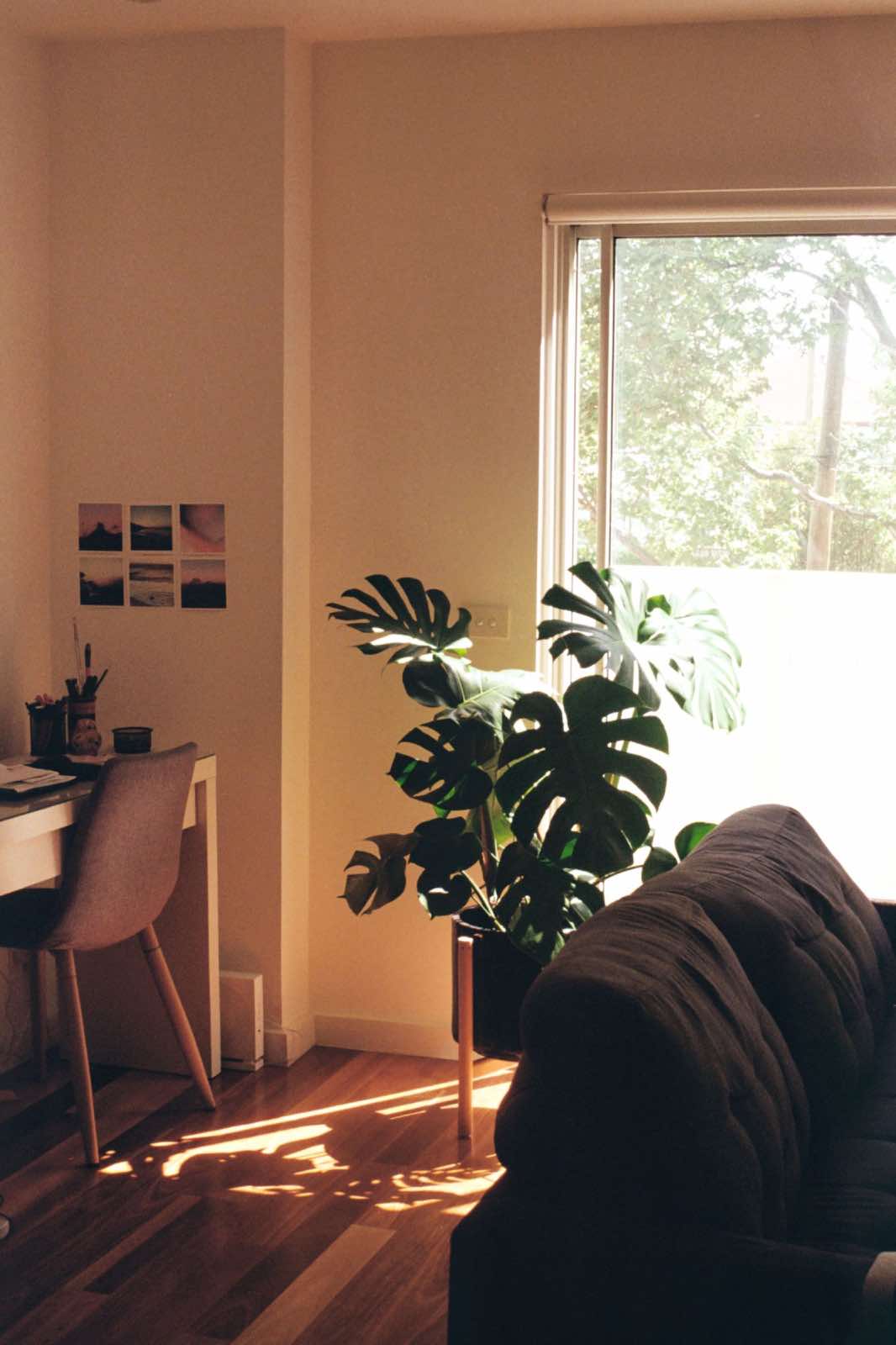
Understanding these specific preferences is very important for where you put your plants. For example, the pothos mentioned above is a plant that prefers humid spaces. Combined with tolerance to low light, it is a perfect plant for bathrooms with windows overlooking patios.
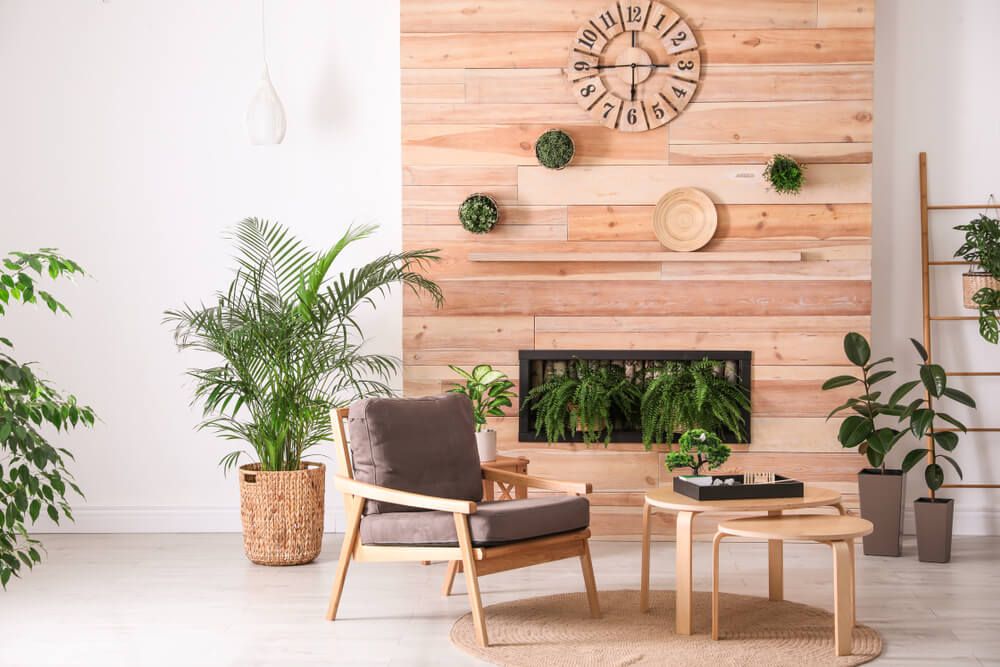
On the other hand, plants don't like airy or draughty spaces. Keeping your rooms ventilated will help ensure that your plants stay healthy.
Keep your plants dust-free
When it comes to plant care, don't forget to clean the dust from the leaves. And, although it may sound strange, one of the most common recommendations for cleaning the dust that accumulates on indoor plants is to use beer. However, this is not the only option. You can also use neem oil, which will provide equally good results.

Whatever you use, you should clean the leaves periodically to allow them to better absorb sunlight. Wipe your plants with a moistened cloth or a spray bottle, especially if you're using neem oil. Your plants will reward you with a beautiful, healthy shine.
Group your plants together
Grouping different plants in the same area can create a small microclimate, increasing humidity and thus promoting the well-being of your plants. This is also magnified in the case of tropical plants, which benefit from being surrounded by other tropical plants.
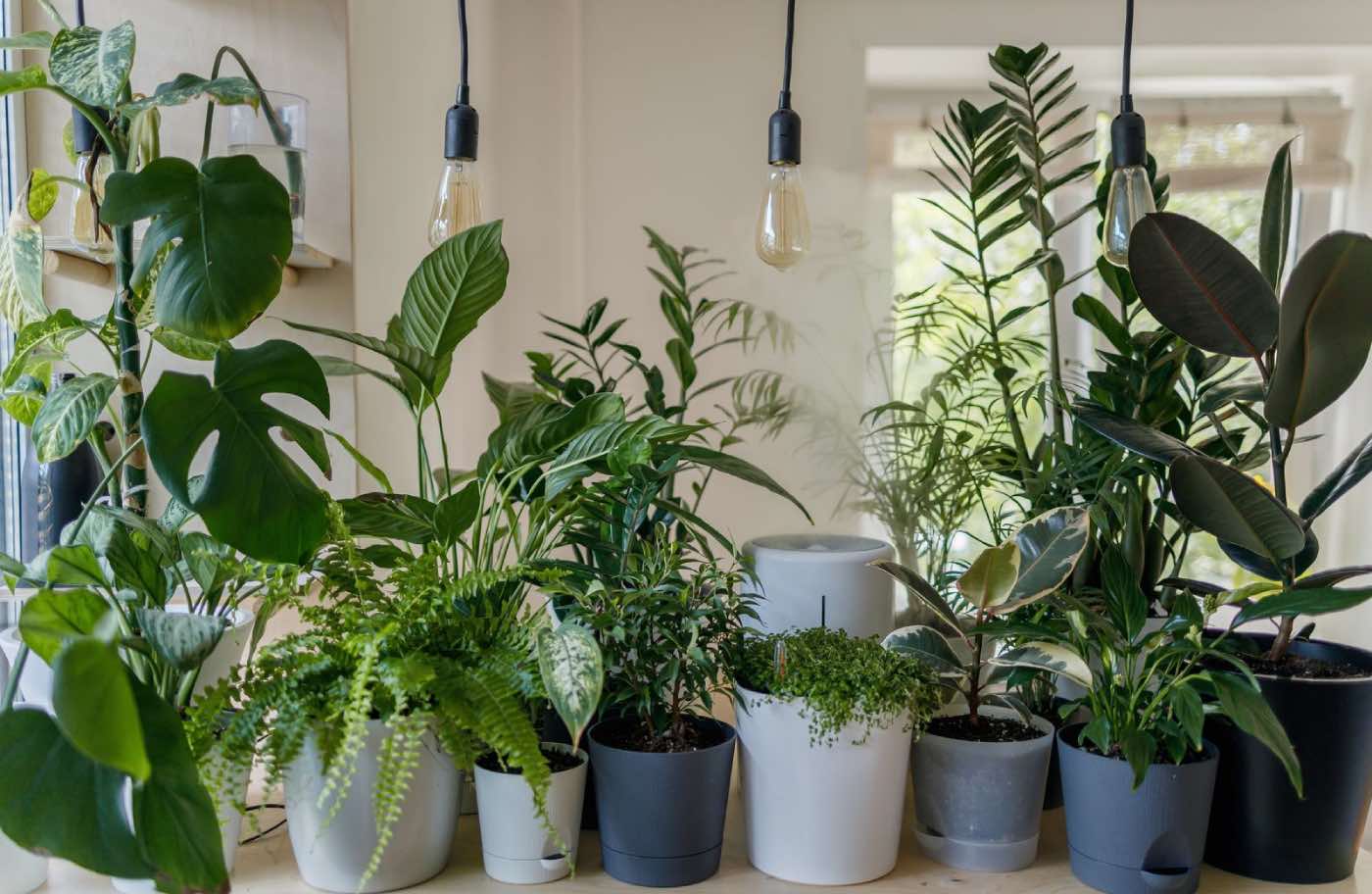
Use homemade fertilizers
You also need to ensure your plants have a richly nourished substrate. However, if you're not a fan of industrial fertilizers, many homemade solutions can work just as well. Banana peels, for example, are full of beneficial potassium, and moist tea bags or coffee grounds can provide a rich supplement to any plant.
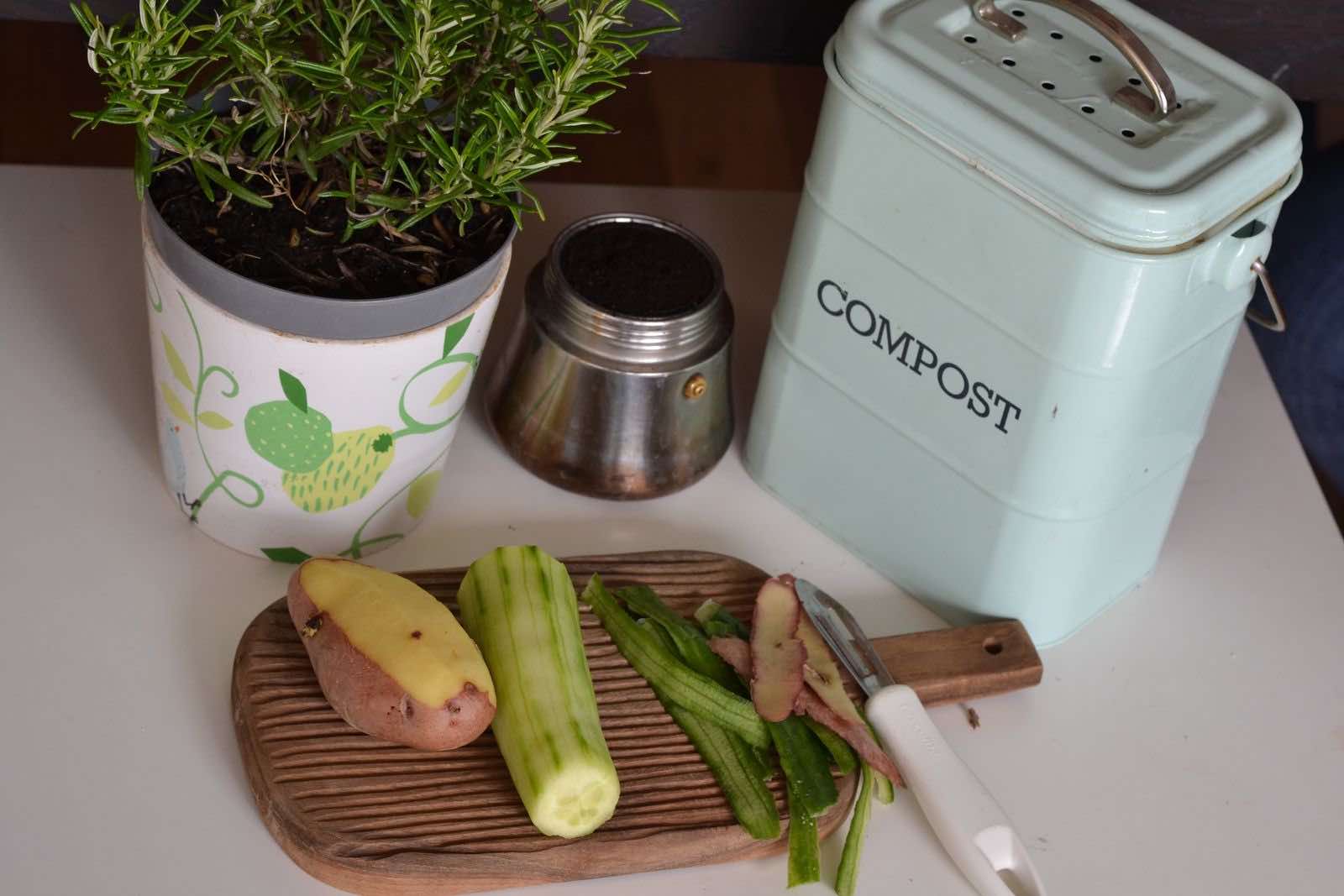
Another interesting way to fertilize plants is by providing nutrients through water. One of the most economical and practical ways to provide these nutrients is by boiling vegetables. Once the water cools off, use it to water the plants.
Protect your plants from danger
Close proximity to heat sources and your pets can wreak havoc on the health of your plants. Take these considerations into account and keep your plants at a safe distance from both.
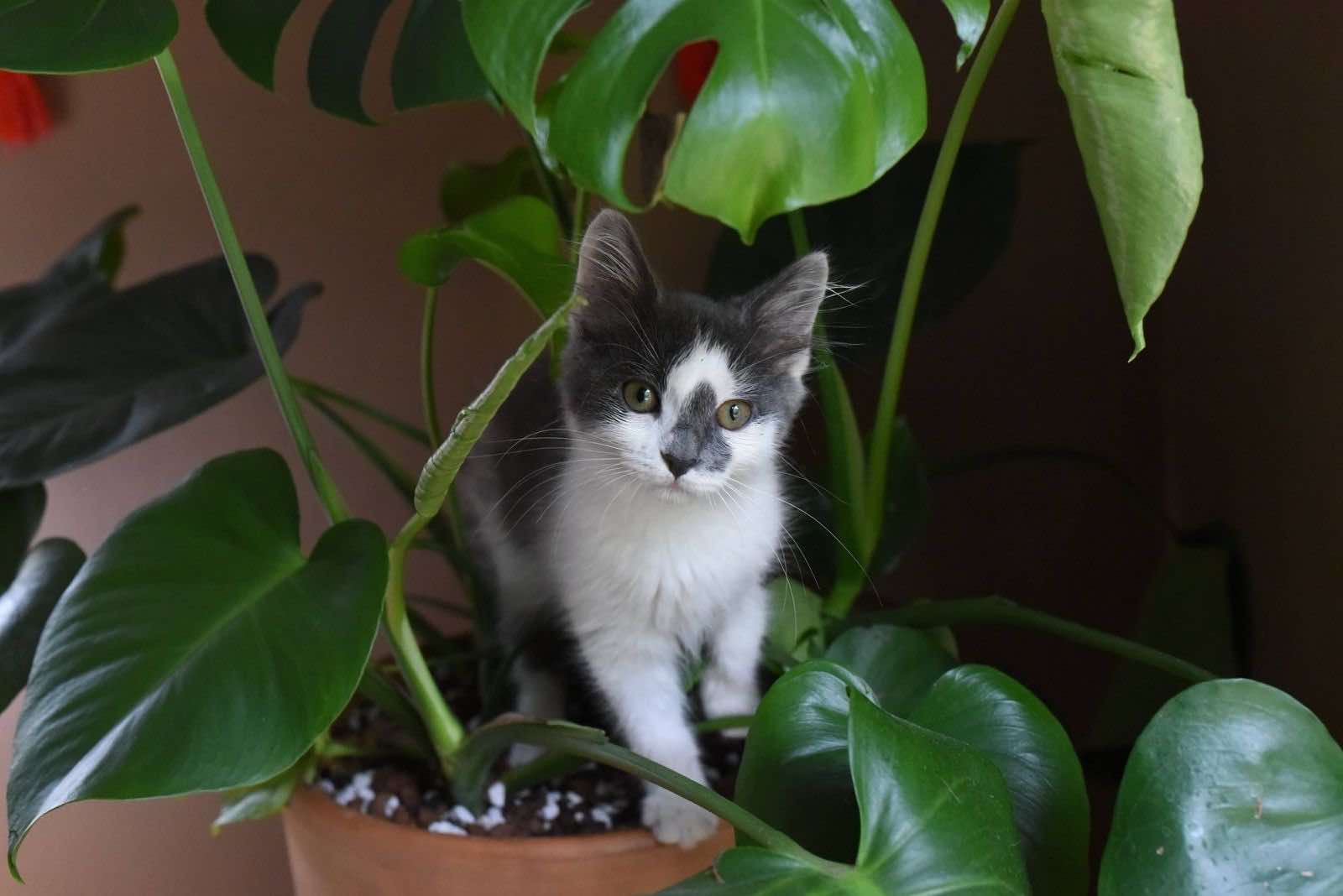
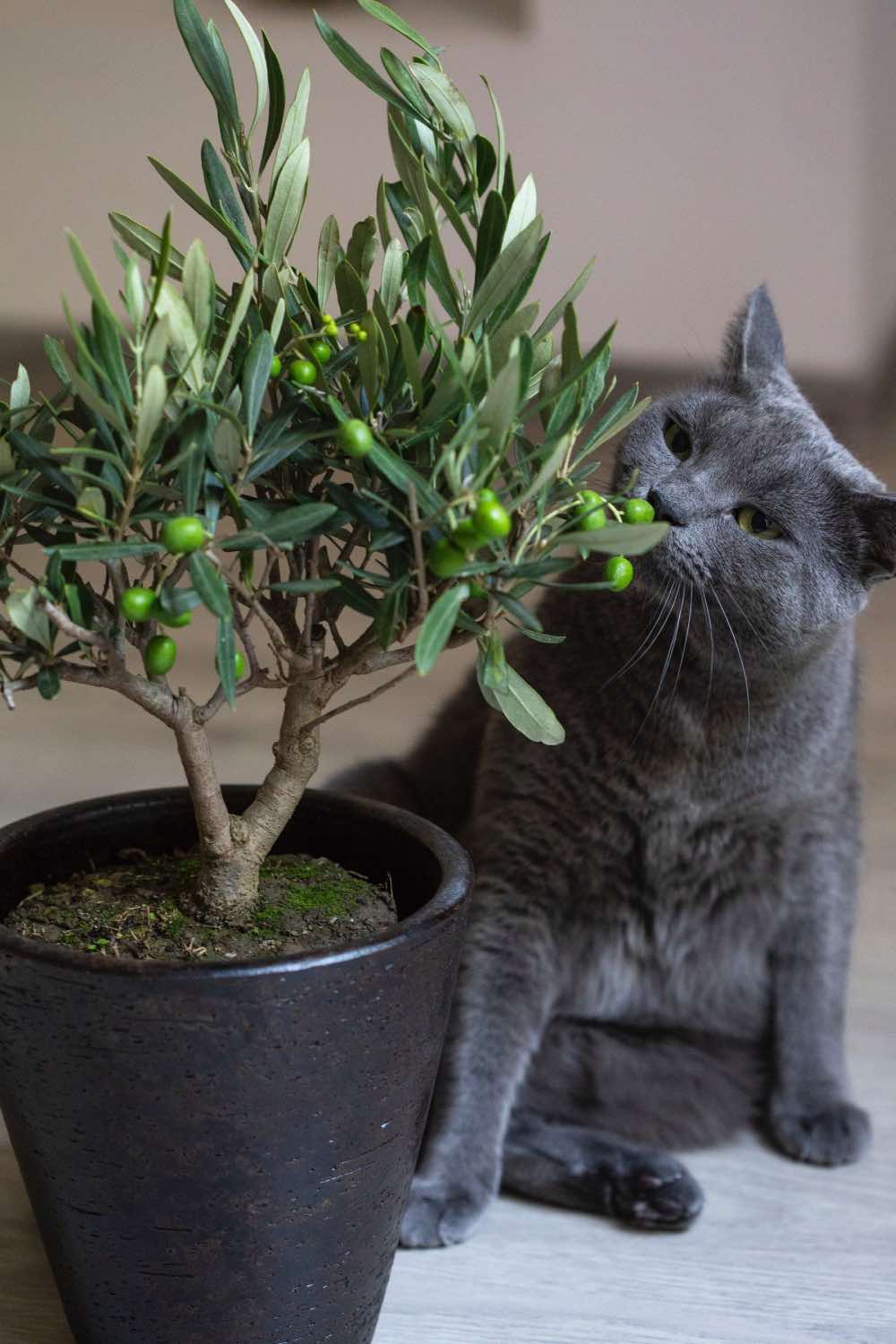
Keep your pets away from your plants | Alice Feigel and Milada Vigerova/Unsplash
Keep in mind that plants themselves can also become a danger to pets or even children. Plants such as yew bushes, azaleas, and hyacinths (among many other species) can be highly toxic to dogs, cats and, in some cases, people. Therefore, make sure you know the types of plants you choose for your home and what their effects are.

Protect your plants from cats or dogs by keeping them out of reach or using aluminum foil or other methods to keep your pets away. After all, your plants are also living beings that deserve a safe space to live in.
5 Easy-to-care-for plants
Knowing what plants need is key to keeping them fresh and healthy. Understanding the requirements of each plant will help you decide where to place it, how often to water it, and how to keep it healthy. Here are five easy-to-care-for plants for your home.
Pothos
A firm favourite of many plant lovers, the pothos plants are easy to care for and don't require much attention. With a bit of care, this indoor plant will show its best colors with its beautiful dark green leaves. It doesn't require too much water or light and adapts to different environments. You can hang them from high corners or arrange them as a climbing plant.

Sanseviera (snake plant)
Sanseviera, also known as a snake plant, is very resistant to low light and water conditions. Its elongated leaves make it also attractive in any space. In addition, the snake plant helps purify the air, has medicinal properties, and can be used to relieve the discomfort of certain skin irritations.
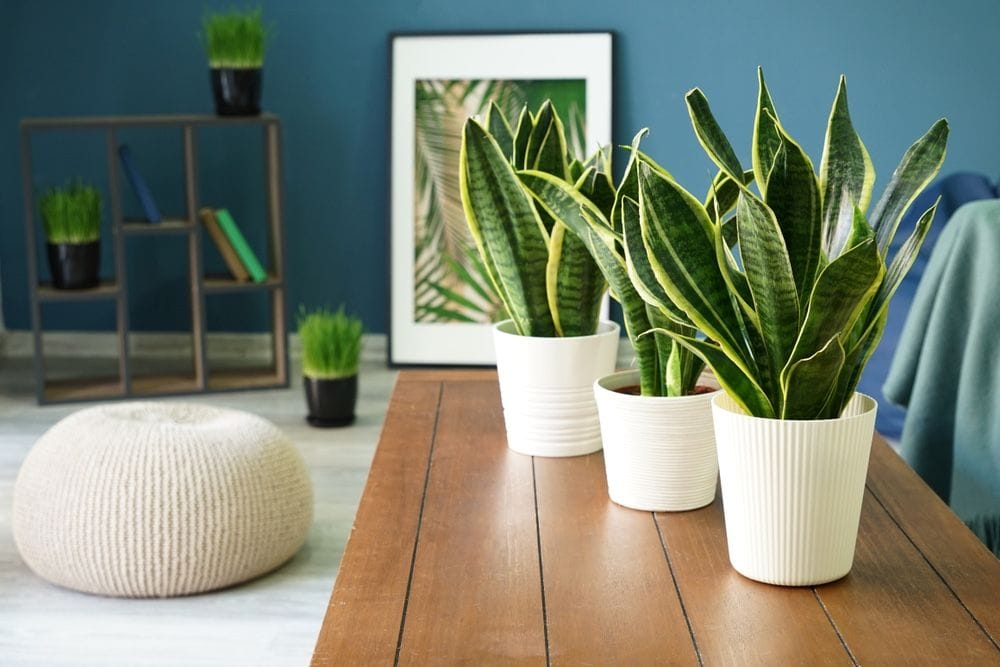
Peace Lily
The Peace Lily is easily recognizable by its beautiful white flowers and slender dark green leaves. Again, it is especially easy to care for, preferring low-light environments and moderate watering.

Aloe vera
Known for its medicinal properties, aloe vera can be used to relieve skin burns, rashes and other skin problems. Beyond this, aloe is a beautiful indoor and outdoor plant that is popular and easy to care for. It likes plenty of natural light and moderate watering.

Spider plant
This is one of those plants that is so easy to care for that it can be placed in almost any corner of the house. It can live in low-light environments, but it adapts to different conditions: it tolerates changes in light, temperature and humidity. As for where to place it, the best way to take advantage of its beautiful long leaves is to hang it high up.
FAQ
How to care for a strawberry plant?
To care for strawberry plants: water regularly, ensure good drainage, fertilize every 2-3 weeks and remove weeds regularly.
How to care for a rosemary plant?
The best rosemary plant care tips include placing the plant in direct sunlight, watering moderately, ensuring good drainage, and pruning regularly.
How to care for a poinsettia plant?
To care for Christmas plants: try to provide indirect light, water them when the soil is dry, avoid drafts and fertilize them once a month.
How to care for a bamboo plant?
Top bamboo plant care tips include keeping the soil moist but well-drained, avoiding direct sunlight, and fertilizing occasionally.
